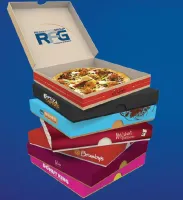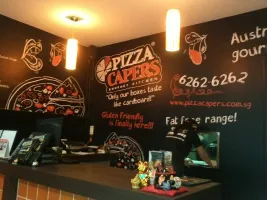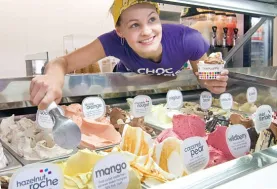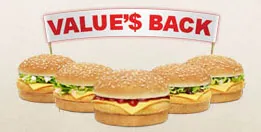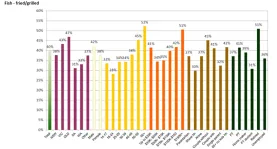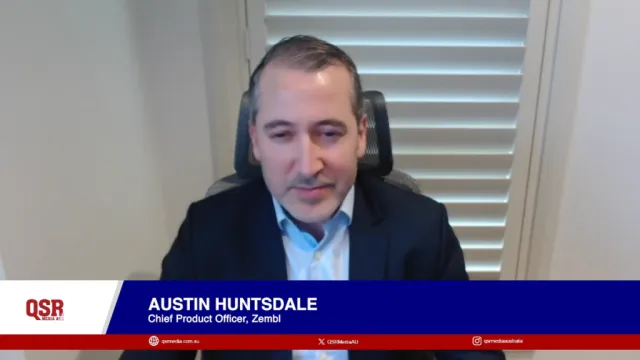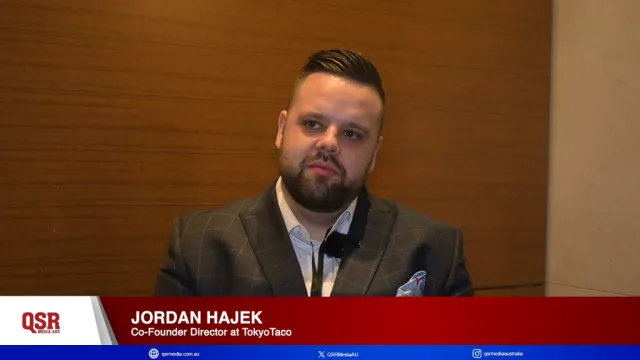Australia
RFG's Australian franchisee count hits an all-time high
RFG's Australian franchisee count hits an all-time high
There are also South Korean immigrants who own a Michel’s Patisserie franchise.
Check out Swiftpos' newest POS systems offerings
Swiftpos reveals why it is QSRs' choice for POS systems in this video interview with Grahame Samford.
Product of the month - LOTF Sustainable Burger
Sam Koronczyk LOTF co-founder reveals how being environmentally conscious pays dividends.
Salsa's $34 million year
Salsa's Fresh Mex Grill has enjoyed a year of strong growth, with the brand now at 37 outlets, according to a release from the company.
Find out what makes Espresso Lane Drive Thru Coffee different
Martin Stepien of of Espresso Lane Drive Thru Coffee talks to QSR Media about how they are capitalising on the Growing Coffee market.
Pizza Hut launches $10 Box
It’s an all-in-one meal for two.
RFG potential franchisees up 120%
Most interested were people in New South Wales.
McDonald’s sued by food court cleaner after slipping
"She is author of her own injury," McDonald's claims.
With New Tech, RFG and other QSRs Fully Embrace eTraining
Part 2 of our Training series reveals how QSRs have adopted online training to satisfying results.
Promotion of the Month - $10 for 3 courses, What you need to know about Pizza Hut's newest value offering
Fatima Syed, HD of Marketing, Pizza Hut gives us the low down on this promotion.
Issue of the Month - Looking to grow your brand in Regional areas?
Many QSR’s are finding they have basically saturated the 14 Million people living in the main capital cities of Australia, and are looking to expand in the Regional Growth areas across the country.
Issue of the Month - Marketing predictions 2013
Find out what's hot for marketing for this year. Paola Tanner of Fuse Franchise Partners shares her top 3 predictions for the year ahead:
Trampoline Gelato reveals a gourmet twist in its menu
In this Q&A their CEO Amanda Walton tells QSR Media about some of the plans for the brand.
Red Rooster launches "Value's Back"
The campaign features $2 burgers.
Zambrero opens in South Yarra
This is Zambrero’s second Melbourne venue.
Tasti D-Lite serves Aussie treats for Australia Day weekend
They celebrated with three distinct Australian flavours.
Chart of the Week: Who eats Fish?
According to BIS Shrapnel, across the total population of Fast Food/Snack consumers, 40% consumed Fish – fried/grilled. Significant differences are noted in age and work status. Those aged 50-60+ are significantly more likely to consume Fish – fried/grilled than those aged between 18-24 and 30-49. This translates to work status as retirees are significantly more likely to consume Fish – fried/grilled than people who are full time students or who work full time.





